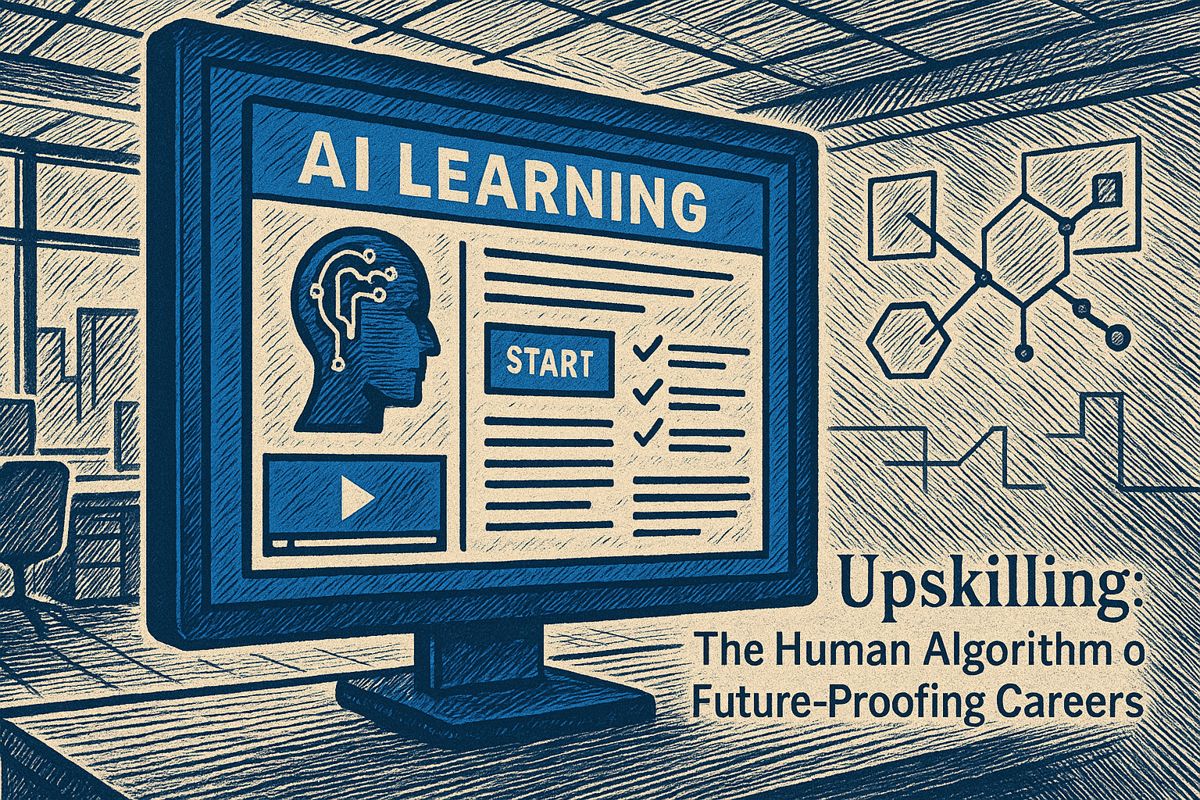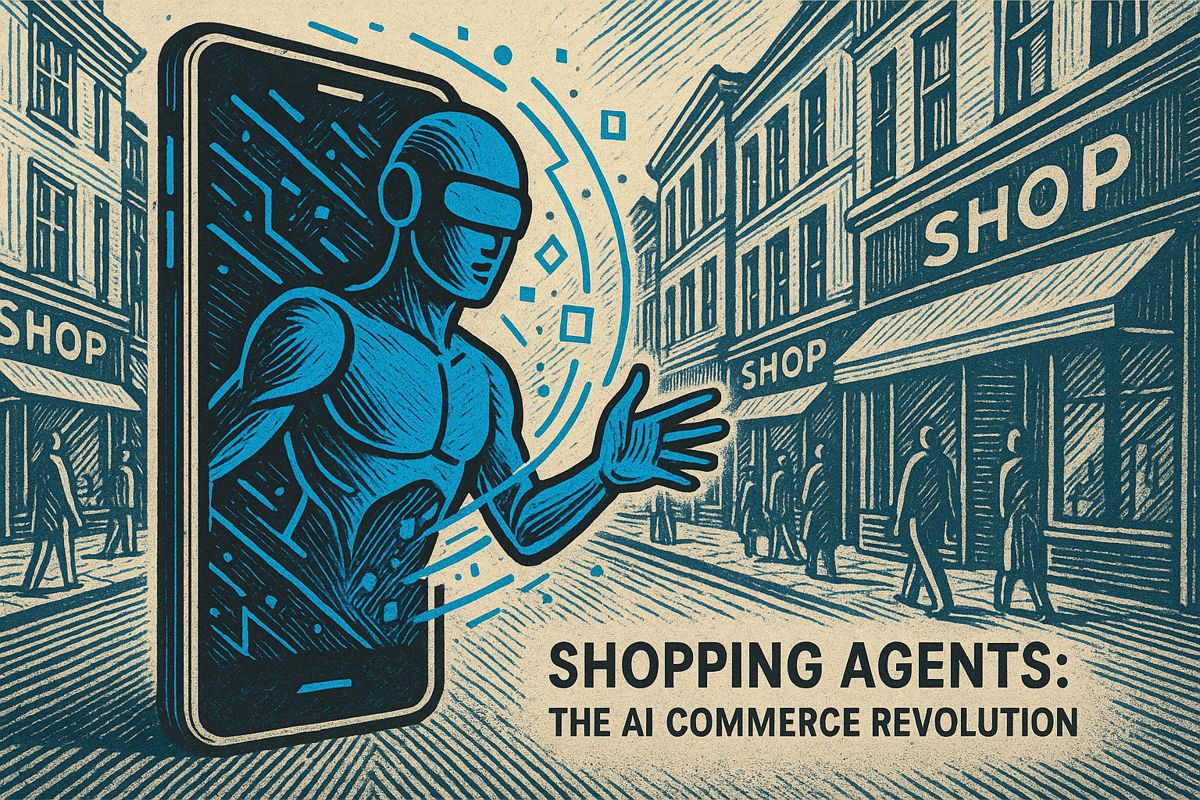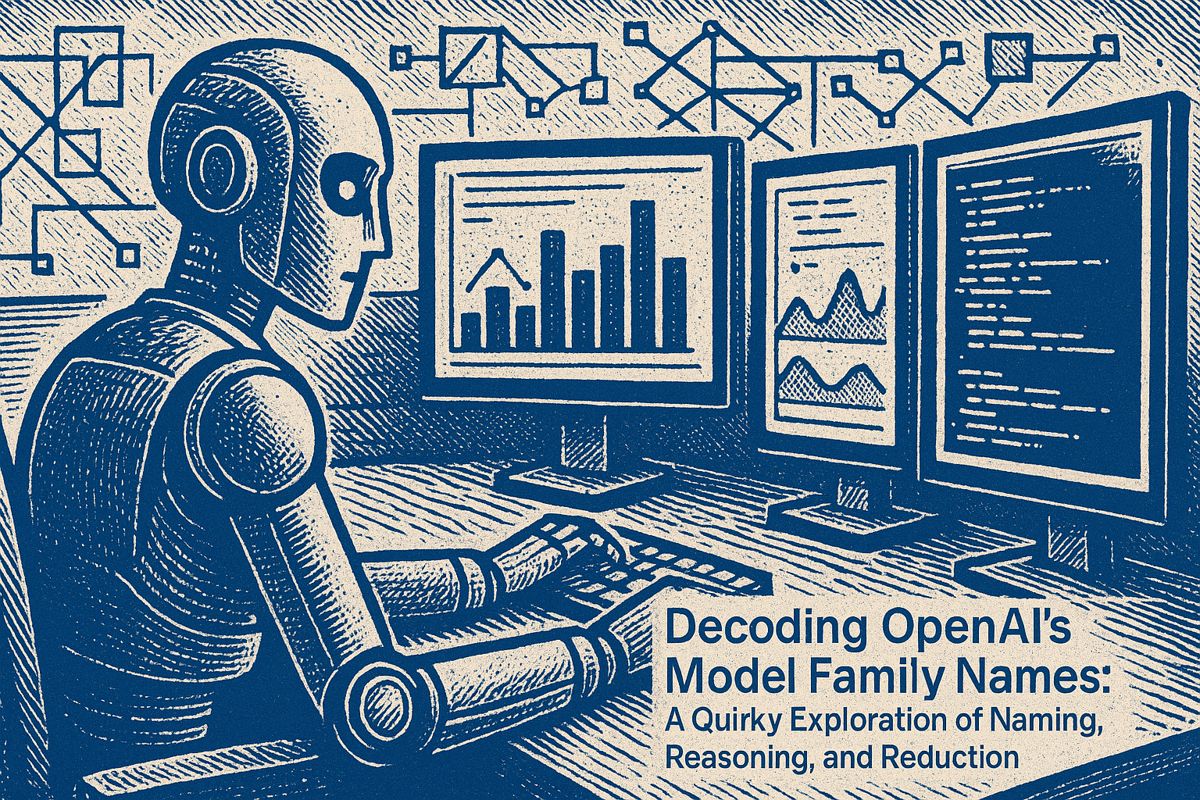Here’s the text with the most important phrase emphasized in markdown bold:
In the rapidly evolving landscape of work, AI is dramatically reshaping professional skills, with 92% of companies planning increased AI investments and 70% of core job skills expected to change by 2030. Professionals must now continuously learn, adapt to AI-driven workflows, and develop complementary skills to remain relevant in an increasingly technological world. The journey of upskilling is intense and urgent, marked by a mix of excitement and anxiety as workers navigate new learning platforms, attend training sessions, and reimagine their career paths. Organizations that treat learning as a habit rather than a mandate are more likely to thrive, creating adaptive training ecosystems that integrate seamlessly with daily work. This transformation is not just about acquiring new technical skills, but about developing a mindset of constant growth and flexibility in the face of technological change.
How Is AI Changing Professional Upskilling?
AI is rapidly transforming professional development, with 92% of enterprises planning to boost AI investments and 70% of core job skills expected to change by 2030. Professionals must continuously learn new technologies, adapt to AI-driven workflows, and develop skills that complement emerging technological capabilities.
When “Futureproofing” Got Rewritten
Sometimes a headline in my feed stops me cold – like a faint déjà vu, but with a bitterer aftertaste. Instead of recalling a moment from my past, it shoves me into that weird, electric era when “AI” first slipped from jargon to daily battle-cry. I can still see my old manager across a desk fortified with empty cups and dog-eared reports, proudly touting Excel macros as our ticket to longevity in the company. (That aged about as well as Internet Explorer.) Now, “futureproofing” means scrambling to upskill – urgently, methodically, and very much at the mercy of AI’s tidal pull.
Is this evolution, or just corporate whiplash? Picture a team lead at Maersk: two years ago she’d planned routes on spreadsheets, but then their AI optimizer arrived with all the fanfare of a new captain. Overnight, she had to decipher its cryptic recommendations, spot its algorithmic blind spots, and train her team in its weird logic. She binge-watched Coursera lectures, started an “AI for Dummies” book club, and even dragged everyone through a hackathon fueled by vending machine espresso. Her journey isn’t a one-off; frankly, it’s the new normal.
There’s a sensory tang to all this learning – the antiseptic glow of laptop screens at midnight, a slightly burnt taste from reheated office coffee, the click of “next lesson” like a metronome keeping time in the background. I wish I could tell you I adapted gracefully, but the first time our workflow bot flagged my process as “inefficient,” I’ll admit: I felt a little insulted.
Upskilling by the Numbers: No Room for Wishful Thinking
Let’s steer away from hand-waving and get concrete. A recent Forrester report puts it starkly: jobs requiring AI skills are growing 7.5% faster than the rest, and 92% of enterprises plan to boost their AI investments within three years. That’s not a trickle; it’s a monsoon. Accenture’s own research says upskilling is now a board-level priority, shoved onto executive agendas right alongside quarterly revenue and GDPR compliance fines. Imagine a room full of suits debating which Python bootcamp offers more bang for the buck – it’s less far-fetched than it sounds.
But there’s a crackle of anxiety, too. The World Economic Forum claims 70% of core job skills will morph by 2030. That number lands in my gut like a stone – I had to read it twice, then a third time, just to let it settle. For every role that vanishes in the algorithmic churn, a host of new ones emerge: prompt engineer, AI ethicist, synthetic data designer. The catch? The road from “rookie” to “ready” is steep, and the skills gap? It’s not shrinking on its own.
Why are companies suddenly shoveling budget into “learning infrastructure” like never before? Because those that invest in practical, hands-on upskilling – apprenticeships at Siemens, internal hackathons at Salesforce, you name it – routinely pull ahead, both in resilience and adaptability. I’ve watched it happen, and yes, I once rolled my eyes at a “lunch and learn” until I got blindsided by a workflow I didn’t understand.
The Human Texture of Machine-Age Learning
Maybe you’ve noticed the AI skills arms race on LinkedIn. In the EU, the number of professionals rubber-stamping “AI literacy” onto their profiles spiked eightyfold in a single year. That’s a stampede, not a trend. Still, there’s a lingering, stubborn “AI divide”: access to training remains patchy, split by sector and region like the uneven lines of a poorly executed painting. Some folks get the deluxe treatment – others, just a link to another tedious compliance video.
I have to ask: is upskilling just another box for HR to tick, or something deeper? The organizations that thrive treat learning as habit, not mandate. I once coasted, convinced my credentials would carry me. They didn’t. Now, I feel a jolt of excitement – and, occasionally, dread – every time I plunge into a new training platform. The constant, low hum of self-doubt is familiar, but I’ve learned to see it as the price of staying relevant.
Let’s get a little metaphorical: AI’s rise is like a glacier, reshaping the landscape with glacial patience and sudden, thunderous avalanches. You can’t outrun it. Instead, you learn to read the cracks and crevasses, to feel the cold air stinging your skin, and to keep moving, even when the path vanishes in fog.
Building Systems That Outlast Hype
Pete Brown at PwC nails it: “Skills can quickly become out of date without investment in systems to help the workforce learn.” That’s not just a warning – it’s a challenge. Sporadic seminars won’t cut it. What’s needed is adaptive, always-on, AI-powered training that blends seamlessly into daily work, not just another pop-up window to be dismissed.
The companies making real progress integrate AI directly into their learning ecosystems, letting people tinker and experiment rather than just click through theory. Partnerships between industry, universities, and government keep things anchored in reality – not just the latest faddish jargon. And, crucially, learning becomes a reflex, not an afterthought. If you’ve ever watched a colleague speed-run mandatory training at 2x speed, you know the difference between checking a box and rewiring your brain.
Here’s the irony: in the midst of all this technological upheaval



















